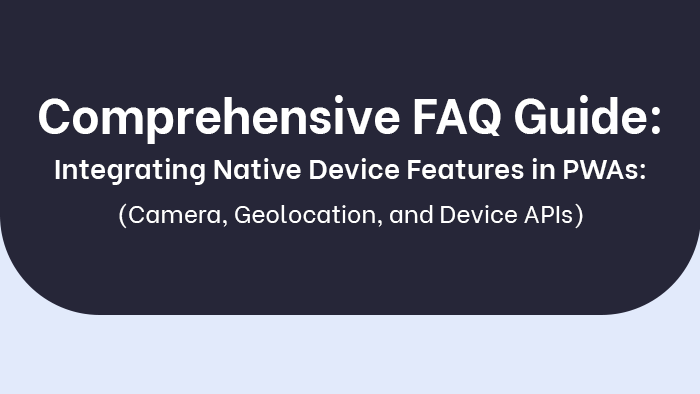VisionOS, with its spatial computing capabilities, opens up a world of possibilities for immersive and interactive experiences. To deliver the best user experience, it is crucial to optimize the performance of your visionOS applications. In this blog post, we will explore various techniques and best practices to unlock the full potential of spatial computing on visionOS and ensure your applications run smoothly and efficiently.
Understanding Spatial Computing:
First, let’s gain a deeper understanding of spatial computing and its significance in visionOS. Learn how spatial computing integrates virtual and augmented reality with the physical world, enabling realistic and interactive experiences. Explore the benefits and challenges of developing for spatial computing and how performance optimization plays a vital role in delivering seamless experiences.
Profile and Identify Performance Bottlenecks:
Before optimizing your visionOS application, it’s essential to profile and identify performance bottlenecks. Learn how to use tools like Xcode’s Instruments to analyze CPU, memory, and GPU usage. Identify areas of your code or resource-intensive operations that impact performance and prioritize optimization efforts accordingly.
Efficient Rendering Techniques:
Rendering is a critical aspect of spatial computing applications. Discover techniques to optimize rendering performance on visionOS. Explore concepts like occlusion culling, level-of-detail rendering, and frustum culling to reduce unnecessary rendering operations and improve overall performance. Learn how to leverage the visionOS rendering pipeline effectively.
Memory Management:
Efficient memory management is crucial for optimal performance. Understand memory usage patterns in visionOS applications and learn techniques to minimize memory footprint. Explore strategies like object pooling, texture compression, and memory caching to reduce memory allocation and deallocation overhead.
Performance-Oriented Asset Optimization:
Optimize your assets to improve performance on visionOS. Learn about the importance of asset compression, texture atlasing, and efficient 3D model formats. Discover tools and techniques to reduce file sizes and optimize asset loading times, ensuring smooth and responsive experiences for users.
Multithreading and Asynchronous Operations:
Leverage multithreading and asynchronous operations to maximize performance on visionOS. Explore techniques like parallel processing, background loading, and offloading resource-intensive tasks to separate threads. Learn how to balance workload distribution and utilize system resources effectively.
Real-time Optimization:
Spatial computing often requires real-time interactions and responsiveness. Discover techniques to achieve real-time performance on visionOS. Explore concepts like frame rate optimization, latency reduction, and predictive algorithms. Understand the trade-offs between graphical fidelity and performance to find the right balance for your application.
Testing and Profiling:
Thorough testing and profiling are essential to validate performance optimizations. Learn how to conduct performance testing on visionOS applications and measure key metrics such as frame rate, response time, and resource utilization. Utilize profiling tools to identify performance regressions and ensure your optimizations have the desired impact.
Continuous Monitoring and Iterative Optimization:
Optimization is an ongoing process. Establish a system for continuous monitoring and iterative optimization of your visionOS applications. Gather user feedback, monitor performance metrics, and identify areas for further improvement. Continuously update and optimize your application to deliver the best possible performance.
Optimizing performance for visionOS is crucial to unlock the full potential of spatial computing and deliver immersive experiences to users. By understanding the principles of spatial computing, profiling performance bottlenecks, and implementing techniques like efficient rendering, memory management, and multithreading, you can create high-performance visionOS applications. Continuous monitoring and iterative optimization ensure your applications stay optimized as new features and updates are introduced. With these optimization strategies, you can unleash the full potential of spatial computing and provide users with captivating and seamless experiences on visionOS.

